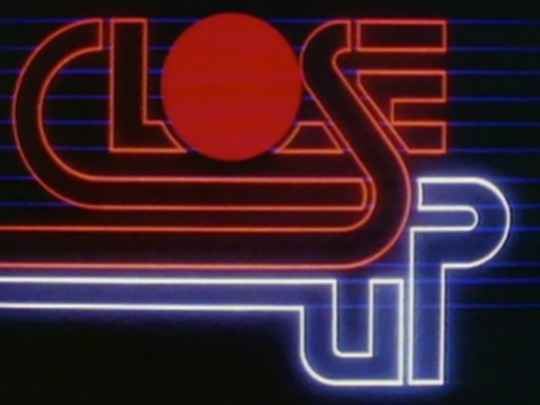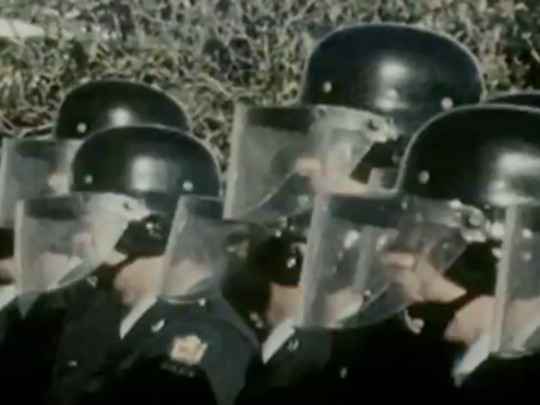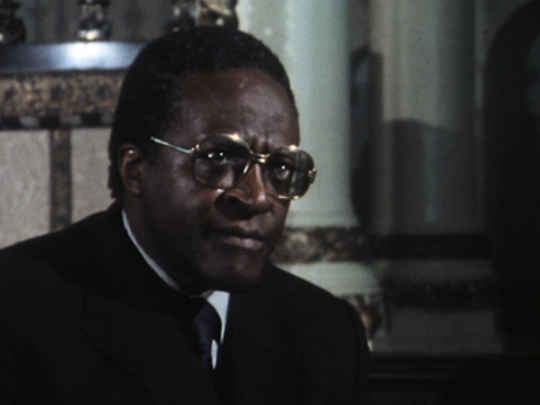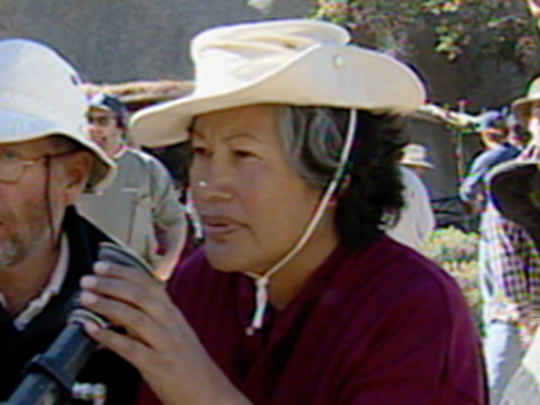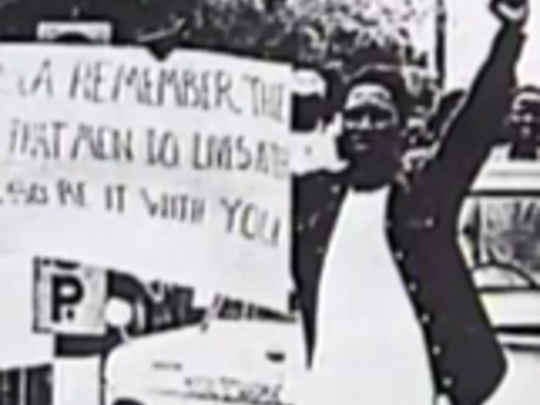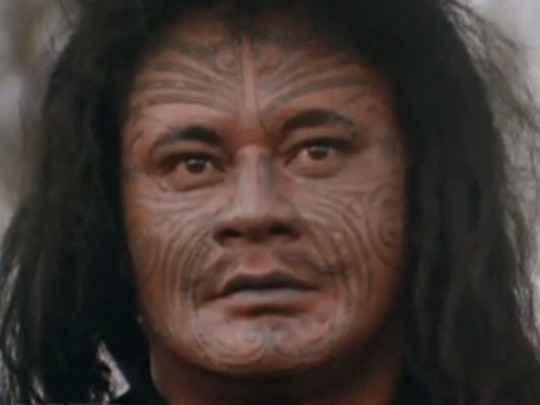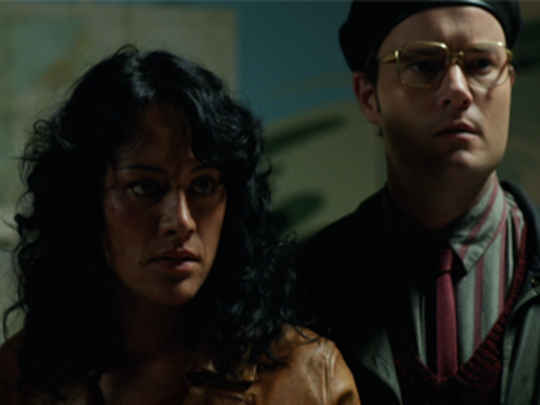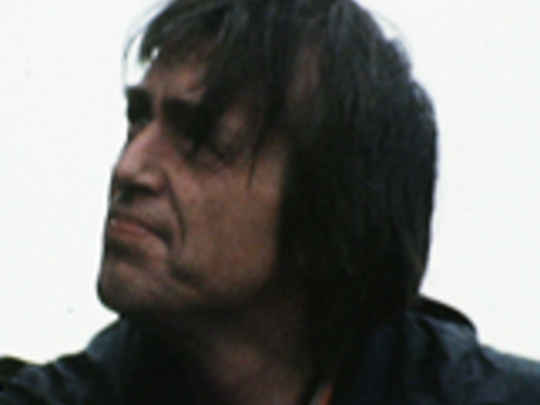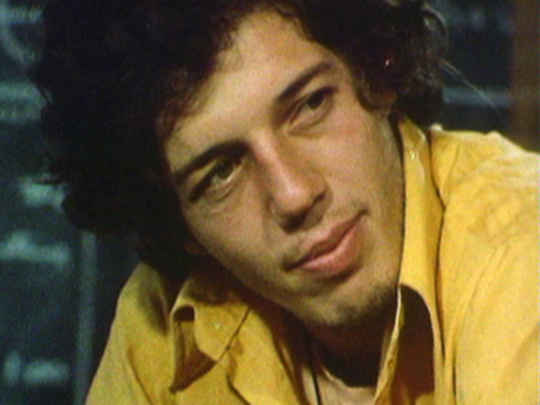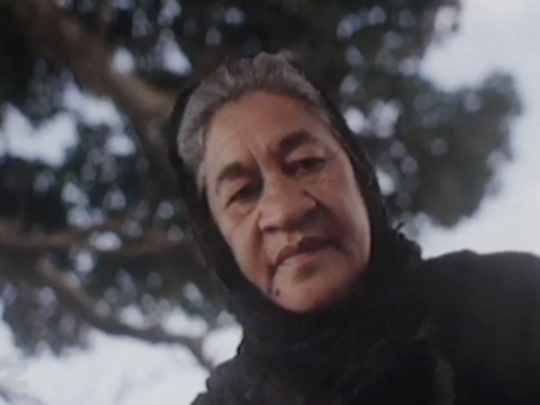Close Up - Patu: Completing the Picture
Television (Full Length) – 1983
A Perspective on Patu!
Merata Mita's Patu! is a remarkable protest story told in the face of adversity, and a monument to a time when New Zealand was torn in two by the 1981 Springbok rugby tour. You were either for or against. And Patu!, with its highly-charged images of violent clashes between police and anti-tour marchers, is firmly sided with the latter. It is passionate, activist film-making at its most compelling.
The Springbok rugby tour to New Zealand was seen by some as an endorsement of South Africa's separatist government. When the NZ Rugby Football Union and the New Zealand government ignored calls to cancel the tour, the local anti-apartheid movement planned peaceful protest marches to attempt to sway the government's decision.

The police frontline, during the 1981 tour. Courtesy of The Post
While working for TVNZ, Merata conceived of a 25-minute documentary on the anti-apartheid movement's campaign . She was motivated by a moral duty to "raise awareness of the racial aspect of the tour". The project was seen to be too much of a political hot potato, and Mita left TVNZ to finish what would develop into a feature film.
Once the tour started, sports grounds and suburban streets became battlefields, as clashes escalated between police and the highly-mobilised protesters. Filming over the winter of 1981, several camera operators (including industry heavyweights) helped out lead cameraman Barry Harbert; they contributed their time free of charge and became foreign correspondents in their own country, capturing on-the-run footage of the tour clashes.
Ironically, one of the filmmakers who volunteered their time was Roger Donaldson. As protesters in bike helmets squared off against police armed with riot shields and batons, it seemed as though Roger's vision of a rampant fascist state in his 1977 film Sleeping Dogs was being enacted in real life.

Film stock was shifted around and, at times taken out of, the country, as the Patu! production team were forced to go into hiding in order to prevent the police from hijacking the editing of the film.
Due to the mass of cinéma vérité-style footage, Mita and editor Annie Collins had to examine many hours of footage, collected from several different sources. But the effort pays off.
Visceral images of the protests (jerky and in-your-face, as operators dodged objects and people) and dramatic still images from newspapers are cut together with images of rugby players, to form a narrative that succeeds in being both immediate and ironic. Voice-over narration is minimal, as the editing and images do much of the work.
Patu! was made on a shoestring budget of $41,000, using old film stock from the National Film Unit, with some financial assistance from the Catholic community and the Arts Council, and an $18,000 loan from the NZ Film Commission.
The completed film, now 110 minutes long, was a record of heroism for the liberal left in New Zealand. For many young people taking to the streets, it was their 1968. In a rare moment of consensus, Māori and Pākehā, children and grandparents, gang members and clergymen stood together to affirm shared values. Patu! was also a morale booster for the African National Congress, the anti-apartheid organisation that would later win political power in South Africa.
For those who doubted the impact that a bunch of righteous Kiwi stirrers could have on the internal politics of a country half a world away, a salient fact should be remembered. Twenty-five African countries boycotted the 1976 Montreal Olympics, protesting that the International Olympic Committee hadn't banned New Zealand (for its rugby links with South Africa); a fact pro-tour advocates tried to sweep under the carpet. The reverberation of the 1981 protests is captured in Leanne Pooley's documentary Try Revolution (2006).
Although the protests sought to highlight the plight of black South Africans, the conflict surrounding the tour ultimately exposed the racial divide in New Zealand. A Māori marcher states that he is supporting "our brothers — they're suffering, same as we're suffering here", while protesters are accused of being "nigger lovers". Canon Hone Kaa implores New Zealanders to address racism at home. The point is made apparent in the end scene: a protest march whose cause is not anti-Springbok tour, but critical of the government's treatment of Māori.

Director Merata Mita talks Patu!, in a 1983 Close Up interview.
It's not surprising that critics attacked Mita for being "one-sided". Mita didn't disagree with the accusations that Patu! was agitprop activism:
"I was asked repeatedly if I thought I was the right person to make the film, or why I was making it. The reason I was asked the question was that some people told me they feared that the film would not be accurate because it would have a Māori perspective! The Pākehā bias in all things recorded in Aotearoa was never questioned."
"The other reason they gave was that my politics extended no further than Māori and the marae, and was I sure I understood the international ramifications of the tour. Yes, Patu! has a Māori perspective, but it does not override the mass mobilisation of New Zealand's white middle class, neither does it take credit from those who rightly deserve it, everyone who put themselves on the line. My perspective encourages people to look at themselves and examine the ground they stand on, while fighting racial injustice thousands of miles across the sea."
Mita was refused access to television footage and networks, and mainstream cinema chains wouldn't screen the film (at this point documentaries rarely made it into Kiwi cinemas). Despite opposition from within film and television institutions, Patu! won a standing ovation after its premiere at the 1983 Wellington Film Festival (see footage in this documentary) — plus high praise from around the world, when it screened at international festivals. It eventually screened on New Zealand television eight years later in 1991, on the tenth anniversary of the tour.
Testament to the courage and faith of both the filmmakers and marchers, Patu! is a landmark in New Zealand's film history.
- Mihi Murray has done stints as a writer, actor, curator, artist and DJ.
Additional writing by Paul Stanley Ward


